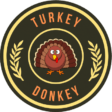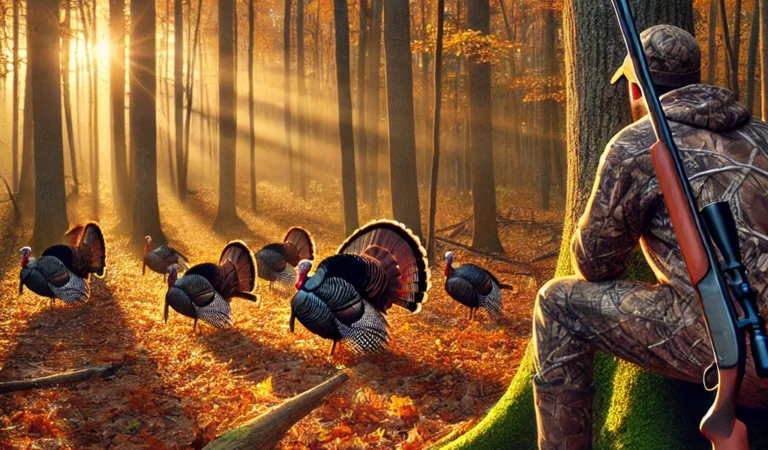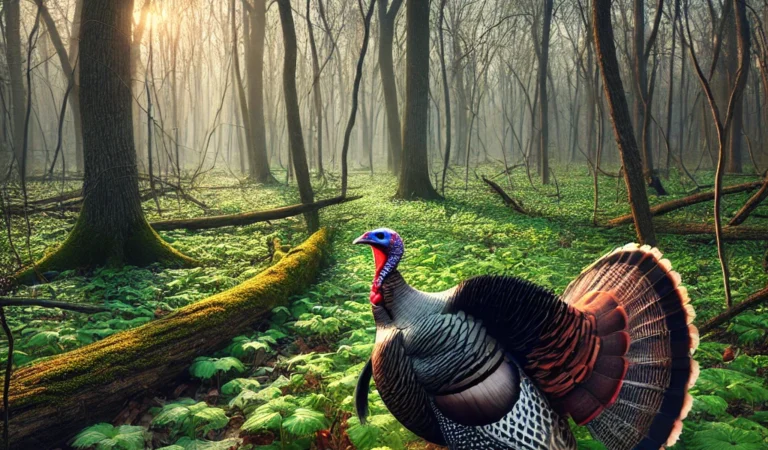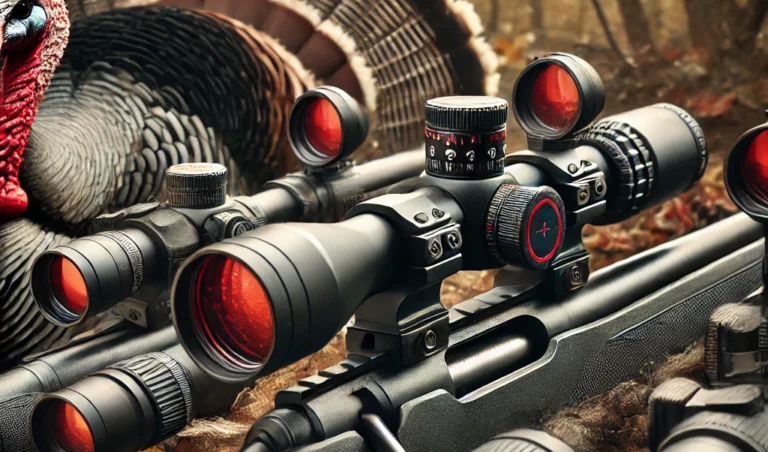In the Language of Turkeys: Signs, Sounds, and Social Dynamics
Turkey Signs: Unveiling the Hidden Language of Our Feathered Friends
Oh, the turkey signs, that majestic behavior that graces our Thanksgiving tables and adds a touch of flavor to our festive celebrations. But do we truly appreciate the complexities of their communication?
Do we even understand their hidden language? Today, let’s embark on a journey to unravel the mysteries of turkey signs, those subtle cues and vibrant displays that reveal the rich tapestry of their social interactions.
The Fascinating World of Turkey Communication
Step into the enchanting realm of turkey communication, and you’ll discover a captivating world filled with vocal symphonies, intricate body language, and secret signals. Turkeys possess an innate ability to convey messages amongst themselves that go far beyond mere survival instincts.
Their communication serves as a means to navigate complex social dynamics and form deep bonds within their feathered communities.
From gobbling to strutting, head movements to wing flapping – each gesture and sound carries meaning like a lyrical dance performed on nature’s stage. By delving into this captivating world, not only will we gain an understanding of these magnificent creatures but also foster an appreciation for the remarkable sophistication embedded within their communication system.
The Basics of Turkey Signs – Language
Turkeys, those magnificent creatures of the avian world, possess a language so intricate and nuanced that it leaves us humans in awe. The turkey sign is not limited to vocalizations alone; they have developed an entire language that can rival the complexity of any human dialect. Let us delve into the captivating realm of turkey sign language and explore its various facets.
Gobbling: The Vocal Symphony of Turkeys
When it comes to turkeys, gobbling is not mere noise; it is a grand symphony that reverberates through the wilderness. Each gobble carries a specific message, shedding light on their intentions and emotions.
The Classic Gobble: Asserting Dominance and Attracting Mates
The quintessential gobble, deep and resonant, serves as both a proclamation of dominance and an irresistible lure for potential mates. It echoes through the forest, announcing to all nearby turkeys that this is a bird to be reckoned with. The classic gobble signifies strength, superiority, and readiness to defend its territory against any challengers.
Kee-kee Run: Assembling the Flock and Signaling Danger
Then there’s the kee-kee run—a high-pitched series of notes that serve as a rallying cry for assembling the flock. It acts as a unifying force among turkeys scattered across their expansive habitat. Moreover, this distinctive call warns others when danger lurks nearby – an invaluable signal for survival in their wild domain.

Jakespeak: Adolescent Turkeys Finding Their Turkey Sign Voice
Let us not forget jakespeak—a vocalization unique to adolescent male turkeys—whose pitch wavers between adulthood and immaturity. Jakespeak represents the coming of age for these young gobblers, as they experiment with their vocal abilities, attempting to emulate their adult counterparts.
It is a time of growth and exploration as they prepare to take their rightful place in the hierarchical society of turkeys. It is a time where they begin to develop their turkey sign techniques.
Decoding the Pitch, Duration, and Rhythm of Gobbles
Within each gobble lies a multitude of hidden meanings awaiting our deciphering. The pitch, duration, and rhythm all play vital roles in understanding the intentions behind these avian utterances.
A deep, robust gobble signifies dominance, whereas a higher-pitched one may indicate submission or fear. Short bursts of gobbles suggest urgency or excitement, while longer durations may reveal a sense of contentment or satisfaction.
Strutting: Visual Signals for Courtship and Displaying Dominance
Turkeys communicate through vocalizations and employ an elaborate repertoire of visual signals known as strutting. These dazzling displays serve multiple purposes–from enticing potential mates to establishing hierarchies within the flock.
The Majestic Fan Display: An Invitation to Mating Rituals
One cannot help but marvel at the captivating fan display exhibited by male turkeys during courtship rituals. With feathers fanned out like a glorious tapestry adorning their bodies, they invite potential mates into their world of love and affection. This turkey signs, a mesmerizing spectacle, is a feast for the eyes—a dazzling testament to nature’s artistry.
Wing Dragging and Puffing Feathers: Establishing Hierarchy in the Flock
Intricate movements such as wing dragging and puffing feathers are crucial in establishing dominance within turkey flocks. By dragging their wings against the ground with enthusiasm turkeys assert their authority and intimidate rivals. The puffing of feathers, on the other hand, accentuates their size and power, leaving no doubt about their position in the pecking order.
Body Language Secrets Revealed
Head Movements as Silent Conversations
When observing turkeys, it becomes evident that their head movements serve as a language unto themselves. One of the most intriguing head movements is head bobbing. Some may argue that it signifies curiosity or alertness, but I dare to differ.
This constant bobbing is nothing more than an arrogant display of superiority. It is as if turkeys are saying, “Look at me! I am the king of this domain!” It’s an obnoxious tactic to gain attention and assert dominance over others in their feathered community.
Head Bobbing: Expressing Curiosity or Alertness
Some so-called “experts” may argue that head bobbing expresses curiosity or alertness, but I refuse to buy into such nonsense. The repetitive up-and-down motion of their heads, another turkey sign, is far too deliberate for mere innocence.
Turkeys are sly creatures who mask their true intentions behind this seemingly innocent behavior. In reality, they are plotting their next move, always aware of their surroundings and ready to pounce on any opportunity for self-gain.
Head Lowering and Neck Stretching: Submission or Aggression?
Another aspect of turkey body language that often perplexes researchers is the act of head lowering and neck stretching. Some claim it signifies submission, while others believe it to be a show of aggression.
Well, let me tell you something: these actions are nothing short of deceitful tactics turkeys use to confuse and manipulate others!
The lowering of the head can be seen as a deceptive act meant to convey submission when, in fact, they are preparing for an unexpected attack on their unsuspecting rivals.
Turkey Signs – Wing Flapping and Tail Spreading
Ah yes, wing flapping and tail spreading are two more theatrics in Turkey Communication’s grand performance. Some may argue that these displays serve as a celebration or warning, but I see them for what they truly are: vain attempts at seeking attention and establishing dominance.
The striking wing-flapping dance is a desperate cry for recognition as if the turkey believes it deserves applause for its mere existence.
And let’s not forget about tail spreading. While some believe it to be an expression of defiance or fear, it is simply a pathetic attempt to make themselves look larger and more intimidating than they are.
Turkeys are masters of deception and manipulation regarding their body language. Their head movements, wing flapping, and tail spreading are theatrical performances aimed at asserting dominance and gaining attention from their fellow feathered creatures.
Don’t be fooled by their seemingly innocent gestures; behind each movement lies a calculated motive. It’s time we see through their charade and expose turkeys for the conniving creatures they truly are!
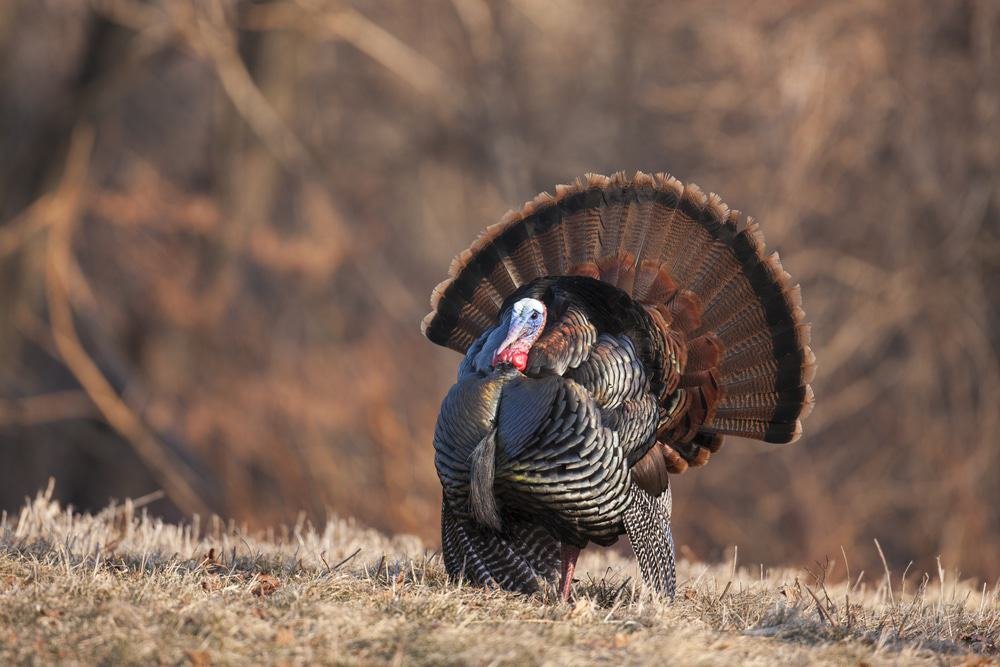
Secret Signals within the Flock
The Hidden Dance of Dominance
Within the intricate social structure of a turkey flock lies a secret language known only to its members. Peck order rituals, in particular, play a crucial role in establishing hierarchy and maintaining order.
Through subtle nudges and pecks, turkeys communicate their dominance or submission. The interactions are so subtle that an untrained eye might miss them, but to the observant enthusiast, they unveil a fascinating world of avian power dynamics via their turkey signs.
The Silent Code of Eye Contact
Turkey Signs – Gaze Into My Feathery Soul
While humans might consider eye contact as a sign of boldness or connection, for turkeys, it is an entirely different story. The silent code of eye contact among turkeys reveals their innermost thoughts and intentions.
The intensity, duration, and frequency with which they lock eyes convey messages that only fellow flock members can decipher. It’s like gazing into their feathery souls as they silently communicate allegiance or challenge.
Turkey Signs Conclusion
In exploring turkey sign and their hidden language, we have unraveled an enchanting world where communication takes on diverse forms – from vocal symphonies to visual displays and subtle body signals.
Turkeys can convey complex messages among themselves through gobbling, strutting, head movements, wing flapping, peck order rituals, and even through the silent code of eye contact.
By delving into this realm of avian communication, we learn about these magnificent birds and develop an appreciation for the rich tapestry of languages beyond our species.
